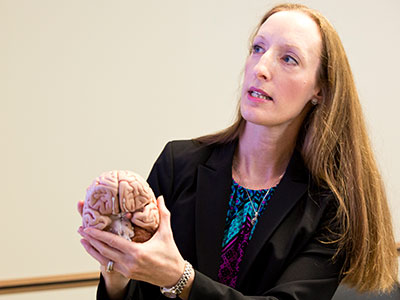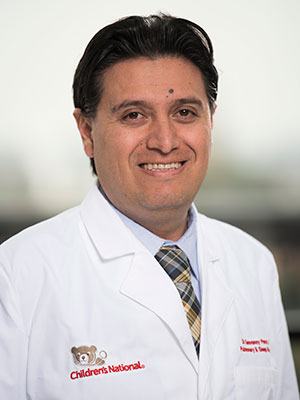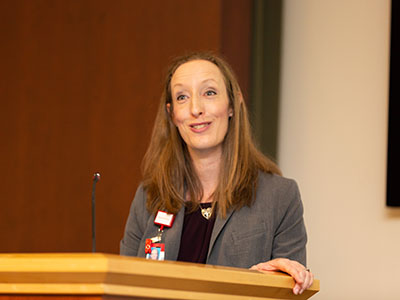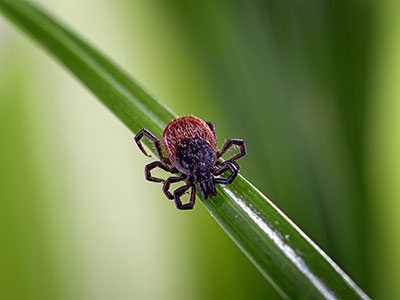How our bladder’s microbiota affect health

The presence of bacteria such as Staphylococcus in the urine is linked to the incidence and severity of urge urinary incontinence as well as treatment success.
About half of the cells in our bodies aren’t really “ours” at all. They’re the microbiota: The vast array of microorganisms that live in our gut, skin, oral cavity and other places. Decades ago, researchers thought that these organisms simply happened to colonize these areas, playing only a tangential role in health, for example, helping to break down food in the intestines or causing cavities. More recent work has revealed the incredibly complex role they play in diseases ranging from diabetes and schizophrenia.
The bladder is no exception. Just a single decade ago, the bladder was thought to be a sterile environment. But that view has shifted radically, with more sensitive cultivation methods and precise 16S rRNA gene-sequencing techniques revealing a significant bladder microbiome that could have an enormous impact on pediatric urologic diseases. These findings have opened brand new fields of research aimed at clarifying the role that the bladder’s microbiome plays in common urological diseases that affect children, according to a review article published online Feb. 22, 2018, by Current Urology Reports.
“There is a growing appreciation for the role of diverse bacteria in contributing to improved health as well as triggering disease processes or exacerbating illness,” says Michael H. Hsieh, M.D., Ph.D., director of the Clinic for Adolescent and Adult Pediatric Onset Urology (CAPITUL) at Children’s National Health System and study senior author. “Already, we know that probiotics and dietary modifications have the potential to play powerful roles in preventing urinary diseases that commonly occur among pediatric patients,” Dr. Hsieh says. This underscores the importance of conducting even more studies to improve our understanding and to identify new therapies for health conditions that resist current treatment options.”
The review conducted by Dr. Hsieh and co-authors highlights the effects of the microbiome on a number of urologic diseases that affect children, including:
- Urinary tract infection A number of studies point to the association between decreased microbial diversity and the incidence of what is commonly called urinary tract infection (UTI) or “dysbiosis.” This relationship suggests that using probiotics to replace or supplement antibiotics could favorably alter the urinary microbiome. Future research will focus on the pathophysiological role of the microbiome to determine whether it can be manipulated to prevent or treat UTIs.
- Urge urinary incontinence While data vary by study, the presence of bacteria in the urine, especially certain bacterial species – such as Gardnerella, Staphylococcus, Streptococcus, Actinomyces, Aerococcus, Corynebacterium and Oligella – are linked to the incidence and severity of urge urinary incontinence (UUI) as well as treatment success. Most studies find an association between greater genitourinary biodiversity and reduced incidence and lessened severity of UUI as well as improved treatment response. Future research will focus on further clarifying this relationship.
- Urolithiasis Calcium oxalate stones, the most common type of kidney stone, have a microbiome that differs from the urinary microbiome leading researchers to question whether the stone’s own bacterial makeup could help to predict recurrence of future kidney stones. What’s more, Oxalobacter formigenes, a gram-negative bacterium, lowers oxalate levels in the blood and are associated with a 70 percent reduction in the risk of kidney stones forming. In an experimental model, fecal transplants with the full microbiome represented had a pronounced and persistent effect on oxalate production. Patients who receive some antibiotics often have reduced rates of formigenes colonization. However, the bacteria are resistant to amoxicillin, augmentin, ceftriaxone and vancomycin, which could point to preferential use of these antibiotics to stave off disease and ward off kidney stone formation.
Additional authors include Daniel Gerber, study lead author, The Georgetown University School of Medicine and Health Sciences; and Catherine Forster, M.D., study co-author, Children’s National.










































